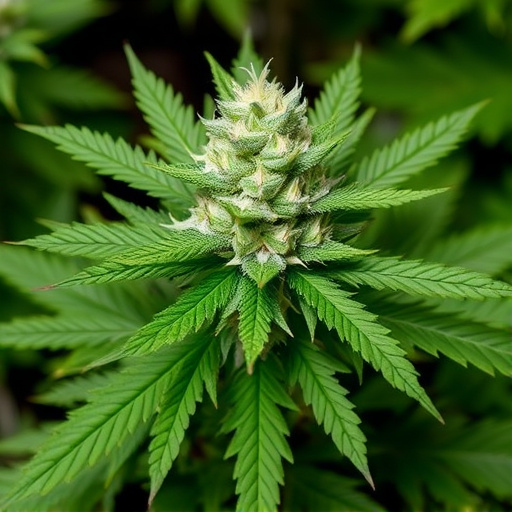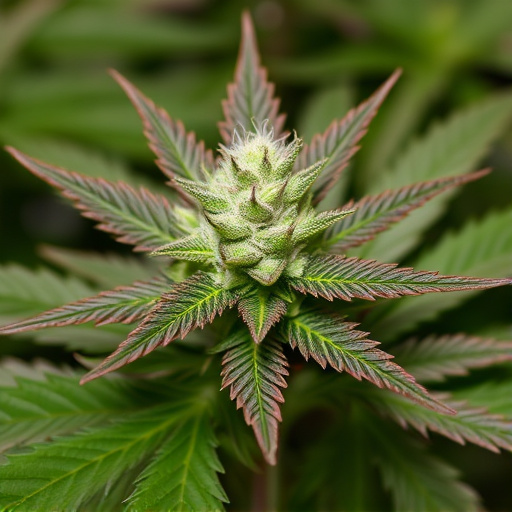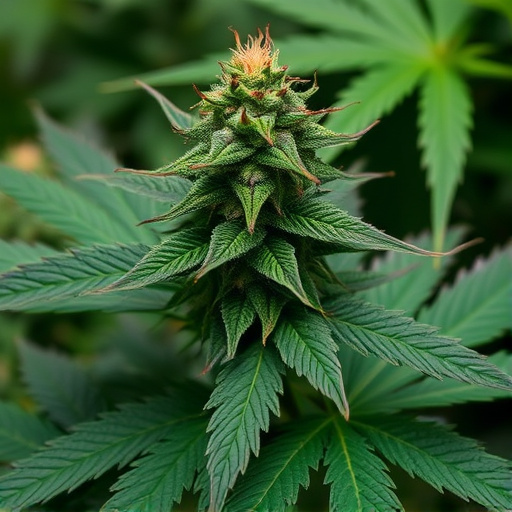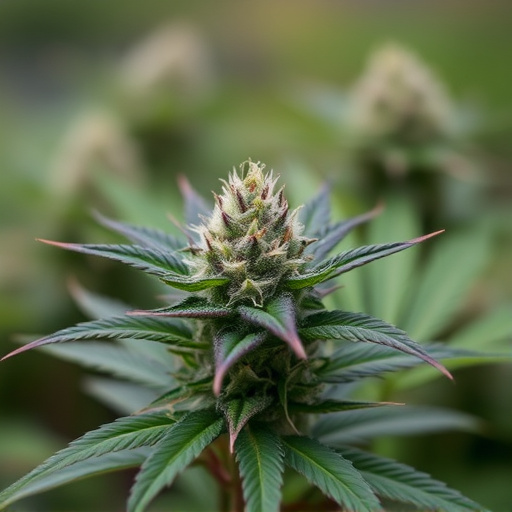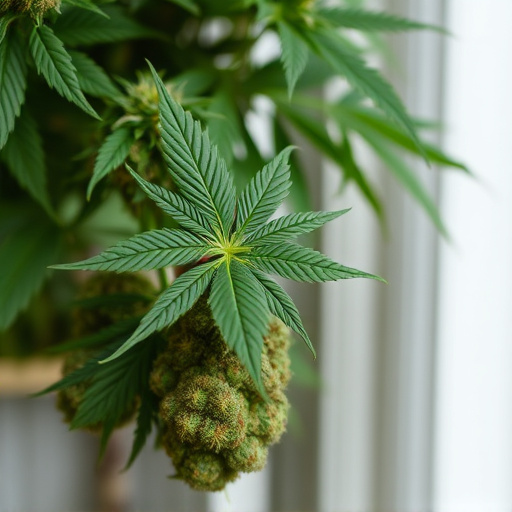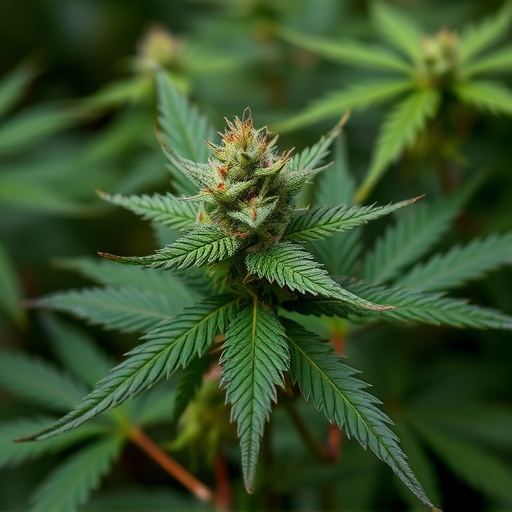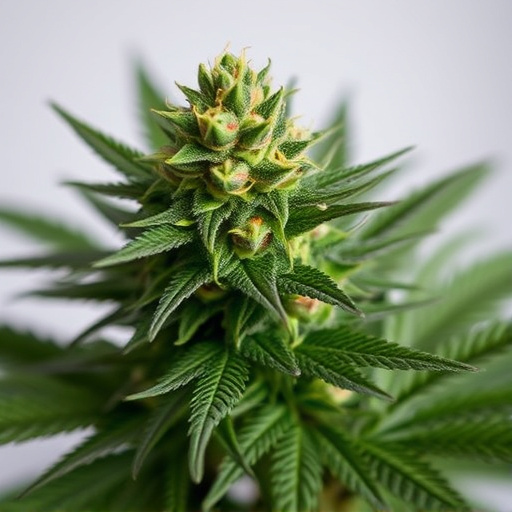The high demand for specific cannabis strains known for their anxiety-relieving properties has led to a supply shortage due to limited cultivation, regional legal restrictions, and time-intensive breeding processes. Despite their unique therapeutic qualities, these rare strains are difficult to find globally because of varying legal frameworks, increased market demand, rarity of genetic lineage, and meticulous cultivation requirements.
In today’s thriving cannabis market, it’s surprising to note that some strains remain elusive. This is largely driven by a complex interplay between demand, unique strain characteristics, and regulatory hurdles. This article explores the factors behind the scarcity of specific cannabis strains, with a focus on their anxiolytic properties. We delve into how high demand, distinct genetic profiles, and legal limitations contribute to their limited availability, offering insights for both cultivators and consumers interested in finding effective cannabis strains for anxiety relief.
- The Demand and Supply Dynamic: Why Certain Strains Are in Short Supply
- Strain Characteristics and Their Availability: A Deep Dive into Anxiety-Relieving Attributes
- Legal and Regulatory Factors: Navigating the Challenges of Cannabis Strain Distribution
The Demand and Supply Dynamic: Why Certain Strains Are in Short Supply

In the dynamic world of cannabis, demand often outstrips supply, leading to the elusive nature of certain strains. This is particularly true for specific varieties known for their therapeutic benefits, such as those used for managing anxiety. Cannabis strains for anxiety have gained significant popularity due to their potential to provide calm and relaxation without inducing a drowsy state. However, this increased demand has resulted in a shortage of these highly sought-after varieties.
The balance between supply and demand is delicate; as more people discover the benefits of specific cannabis strains for anxiety, growers face pressure to cultivate these popular types. Consequently, limited resources and the time required to breed and nurture unique genetic combinations can contribute to the scarcity. This situation ensures that certain cannabis strains remain hard to find, even as enthusiasts continue to seek their particular therapeutic qualities.
Strain Characteristics and Their Availability: A Deep Dive into Anxiety-Relieving Attributes
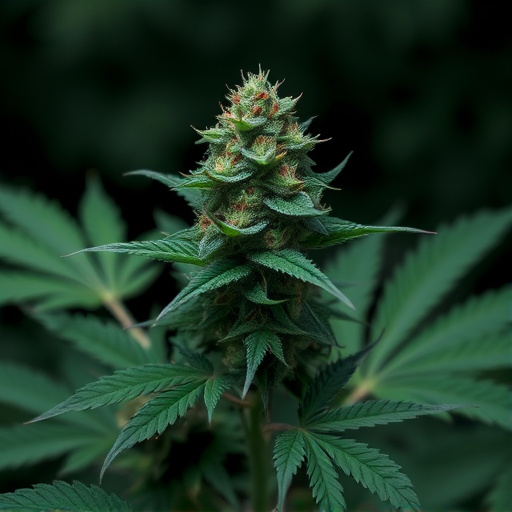
In the realm of cannabis, specific strains have gained popularity among folks seeking natural avenues to alleviate anxiety and stress. The unique chemical composition of these strains, particularly their high concentrations of cannabinoids like CBD (Cannabidiol) and certain terpenes, contributes to their effectiveness in managing anxiety-related symptoms. While some cannabis strains for anxiety are widely available, others remain elusive due to various factors, including limited cultivation, regional legal restrictions, and market demand dynamics.
Delving deeper into the characteristics that make these anxiety-relieving cannabis strains hard to find, one encounters factors like rarity of genetic lineage, meticulous cultivation techniques required for optimal cannabinoid profiles, and stringent quality control measures. Additionally, the intricate relationship between terpenes and cannabinoids, which plays a significant role in the therapeutic effects, demands precise environmental controls during cultivation. As a result, only a select few cultivators successfully produce these strains, contributing to their scarcity in the market.
Legal and Regulatory Factors: Navigating the Challenges of Cannabis Strain Distribution
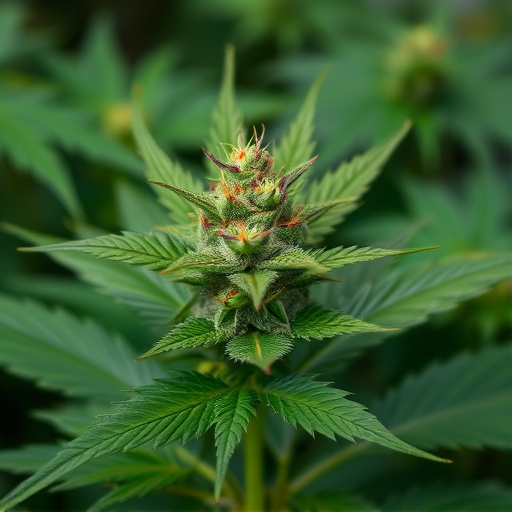
The distribution and availability of specific cannabis strains, including those sought after for their potential therapeutic benefits like cannabis strains for anxiety, are significantly impacted by legal and regulatory factors. Each region has its own set of rules governing cannabis cultivation, processing, and sale, creating complex challenges for strain distribution. These regulations can vary widely, from strict licensing requirements to restrictions on certain growing practices or even the classification of specific cannabinoid profiles.
Navigating these legal landscapes is a hurdle in itself, often requiring extensive paperwork, permits, and adherence to safety standards. Furthermore, the dynamic nature of cannabis legislation means that what is allowed today might be prohibited tomorrow, leading to uncertainty for both cultivators and distributors. This results in delays, increased costs, and challenges in maintaining consistent access to popular strains, making it even more difficult for consumers to find specific varieties, including those suited for managing anxiety symptoms.
The scarcity of certain cannabis strains, particularly those renowned for their anxiety-relieving properties, is a complex interplay of market demand, unique strain characteristics, and regulatory hurdles. As consumers increasingly seek natural solutions for managing stress and anxiety, the demand for specific strains has surged. This, combined with varying regional legal frameworks, creates challenges in strain distribution, making certain varieties hard to find. Understanding these dynamics is crucial for cannabis enthusiasts seeking the right strains for their needs, as well as for industry players navigating this evolving market.


